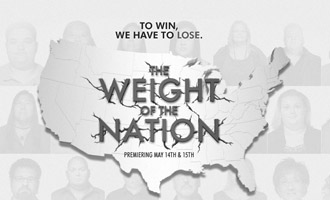Well, at least about dating, according to Dan Slater’s recent opinion piece in the New York Times. Charles Darwin, who is famous for his theories of evolution, argued that through competition for mates, natural selection encouraged man’s “more inventive genius” while nurturing women’s “greater tenderness.” So, he suggested that the gender roles he saw in Victorian England—men making money and women staying home—dated back centuries.
Decades later, social scientists applied Darwin’s theories to ideas about mating and concluded that men are less selective about whom they’ll sleep with, men like casual sex more than women, and men have more sexual partners over a lifetime. These assumptions persist today, and many evolutionary psychologists have studied them and argued in their favor. For example,
In 1972, Robert L. Trivers, a graduate student at Harvard…argued that women are more selective about whom they mate with because they’re biologically obliged to invest more in offspring. Given the relative paucity of ova and plenitude of sperm, as well as the unequal feeding duties that fall to women, men invest less in children. Therefore, men should be expected to be less discriminating and more aggressive in competing for females.
Critics of this theory (and many other evolution-based theories) argue that cultural norms, not evolution, impact human behavior. This argument is quite sociological, though it has also found support in the work of psychologists.
Take the question of promiscuity. Everyone has always assumed — and early research had shown — that women desired fewer sexual partners over a lifetime than men. But in 2003, two behavioral psychologists, Michele G. Alexander and Terri D. Fisher, published the results of a study that used a “bogus pipeline” — a fake lie detector. When asked about actual sexual partners, rather than just theoretical desires, the participants who were not attached to the fake lie detector displayed typical gender differences. Men reported having had more sexual partners than women. But when participants believed that lies about their sexual history would be revealed by the fake lie detector, gender differences in reported sexual partners vanished. In fact, women reported slightly more sexual partners (a mean of 4.4) than did men (a mean of 4.0).
A more recent study challenged the idea that women are more selective. In speed dating, the social norm instructs that women sit in one place while men rotate tables. In 2009, Psychologists Eli J. Finkel and Paul W. Eastwick conducted an experiment in which the men remained seated and the women rotated. By switching the role of the “rotator,” they found that women became less selective while men appeared more selective.
Slater’s opinion piece, found here, cites several other studies that cast doubt on the notion that evolution dictates gendered behavior. But, that doesn’t mean that Darwinians are backing down. The debate will likely continue, but Slater gives the last words to those who challenge Darwinian ideas:
“Some sexual features are deeply rooted in evolutionary heritage, such as the sex response and how quickly it takes men and women to become aroused,” said Paul Eastwick, a co-author of the speed-dating study. “However, if you’re looking at features such as how men and women regulate themselves in society to achieve specific goals, I believe those features are unlikely to have evolved sex differences. I consider myself an evolutionary psychologist. But many evolutionary psychologists don’t think this way. They think these features are getting shaped and honed by natural selection all the time.” How far does Darwin go in explaining human behavior?




